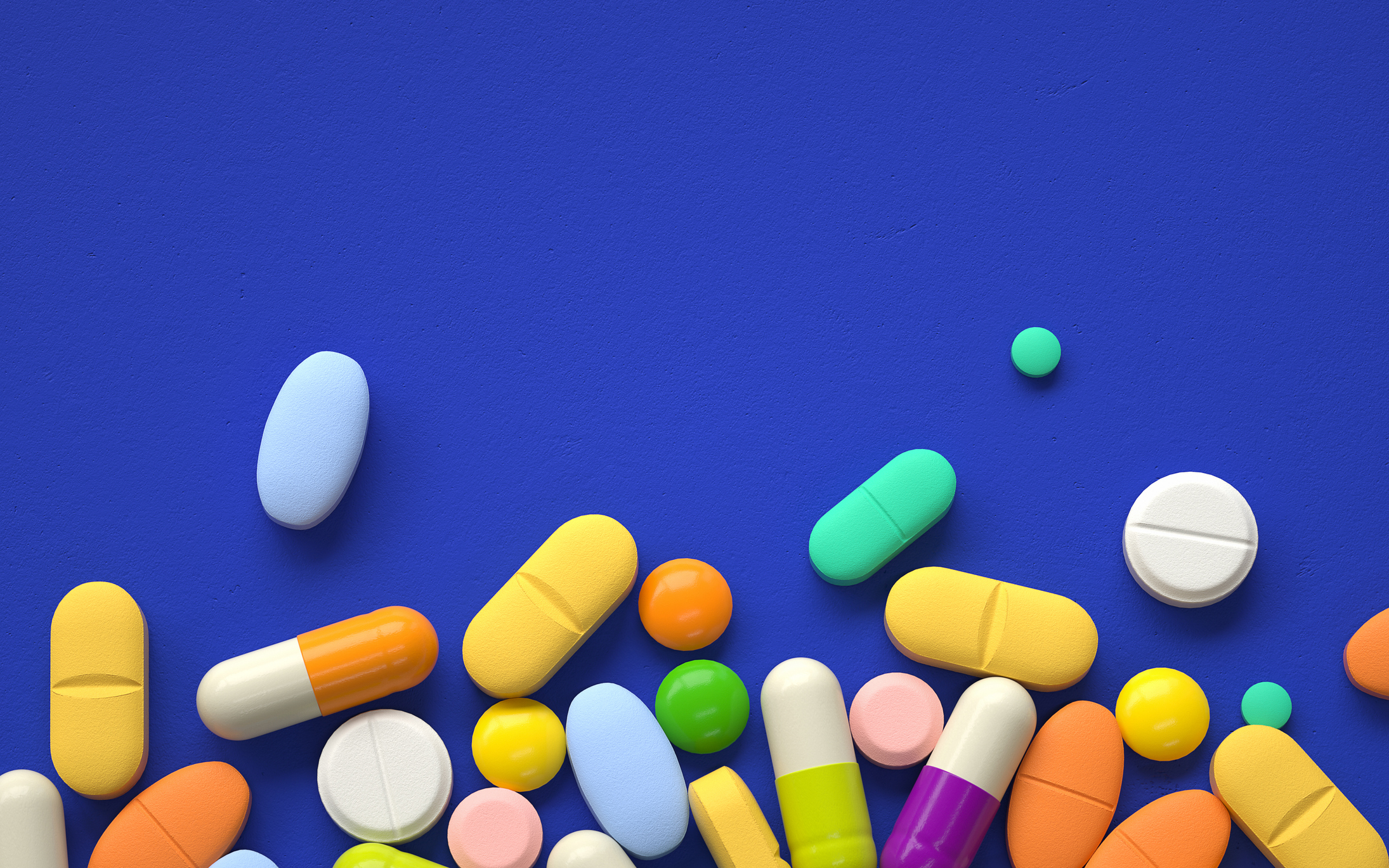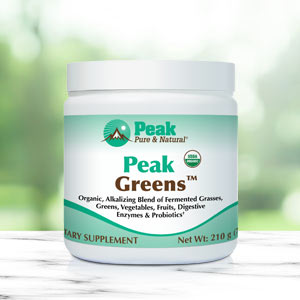Get Easy Health Digest™ in your inbox and don’t miss a thing when you subscribe today. Plus, get the free bonus report, Mother Nature’s Tips, Tricks and Remedies for Cholesterol, Blood Pressure & Blood Sugar as my way of saying welcome to the community!
Fast-talking drug ads: Risky new drugs that don’t measure up

We’ve all seen those television ads for new drugs.
You know the ones…where all the actors look like they’re living their best life — which is a bit surprising if you can listen to the fast-talking narrator well enough to hear the long list of dreadful side effects they’re popping off.
But you may not know that the United States is one of only two countries in the world where this kind of direct-to-consumer (DTC) drug advertising is actually legal.
Most other countries have found fault with this method of bringing drugs to the public. And with good reason…
Research shows that most of the drugs advertised are of little therapeutic value. And most of the time, the advertised drugs are no better than the older ones…
But there’s still big money to be made in shiny new drugs. And the pharmaceutical industry is counting on your help to make that happen…
Drug companies want YOU to act as their agent
Many drug companies argue that their DTC ads are beneficial because they educate people about conditions and treatments they were unaware of.
Dr. Robert Shmerling, Senior Faculty Editor of Harvard Health Publishing, points out that, as with any form of advertising, some DTC ads present incomplete or biased information.
Let’s remember — just like any other advertiser, their main objective is to sell a product.
As far back as 2006, consumer advocacy group Public Citizen called DTC advertising “nothing less than an end-run around the doctor-patient relationship — an attempt to turn patients into the agents of pharmaceutical companies as they pressure physicians for medications they may not need.”
Moreover, Dr. Shmerling notes that these ads often spur people to ask their doctors for medications they don’t need — or that are far less effective than existing prescription medication for their condition would be…
According to a new study, a little over 70 percent of prescription drugs advertised on television were rated as having “low therapeutic value.”
The study looked at 81 top-advertised drugs and found that only 27.4 percent were rated as having high therapeutic value, defined as providing at least moderate improvement in clinical outcomes compared with existing therapies.
But the ads must be working…
Annual research and development budgets for the pharmaceutical industry grew from $37.5 billion in 2000 to $83 billion in 2019.
Deciphering drug advertising hype
If you think the people who market drugs to you through advertising are really looking out for you, it’s time to reconsider.
One way to do that is to listen more carefully to the language they use in their ads.
Language is a powerful thing. It can be used to inform. It can also be used to manipulate both thoughts and emotions.
Consider these common examples from drug ads:
“A leading treatment for this condition.” Sure, but what if there are only two or three other drugs for the condition? The ad is unlikely to mention them. And being the top dog of only three options doesn’t necessarily spell effectiveness.
“No other treatment has been proven better.” The implication is that their drug is great, when it might only be as good as – and no better than – older (and less expensive) competitors.
“In clinical studies, this medication proved more effective than standard treatment.” So, how good is standard treatment? If it only helps 15 percent of people with a disease and the advertised drug helps 20 percent, that’s still not a success rate worth spending more money on.
“I don’t care about studies … it works for me” or “This drug gave me my life back.” Personal anecdotes are powerful, and one person’s story of recovery is important. But studies do matter. And of course, the person with the “miraculous recovery” is likely a paid actor.
For some, one pill is all you need for 24-hour relief.” Sounds good, but how many is “some”? One in a hundred? And important details are left out. If a drug reduces pain by ten percent for 24 hours, that’s not superior to an older one might reduce it by 80 or 100 percent for that long.
The bottom line? Be wary.
“Even if information in a drug ad can be considered accurate, it may not be thorough, balanced, or unbiased,” says Dr. Shmerling.
“In the end, it’s another instance of buyer beware.”
Editor’s note: While you’re doing all the right things to protect your brain as you age, make sure you don’t make the mistake 38 million Americans do every day — by taking a drug that robs them of an essential brain nutrient! Click here to discover the truth about the Cholesterol Super-Brain!
Sources:
70% of drugs advertised on TV are of “low therapeutic value,” study finds — Ars Technica
5 things to understand about pharmaceutical R&D — Brookings.edu
Harvard Health Ad Watch: How direct-to-consumer ads hook us — Harvard Health Publishing
Comments on Direct-to-Consumer Advertising of Prescription Drugs — Public Citizen














